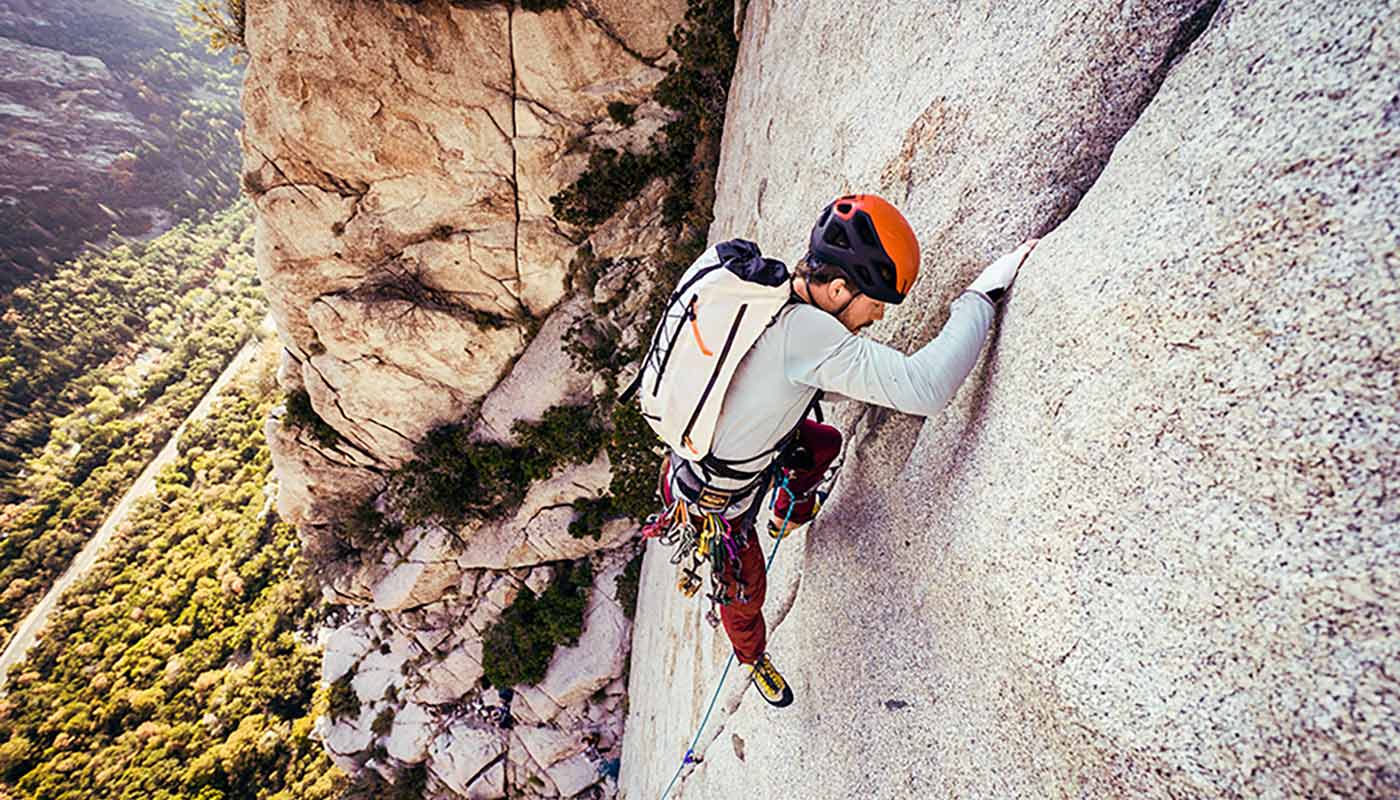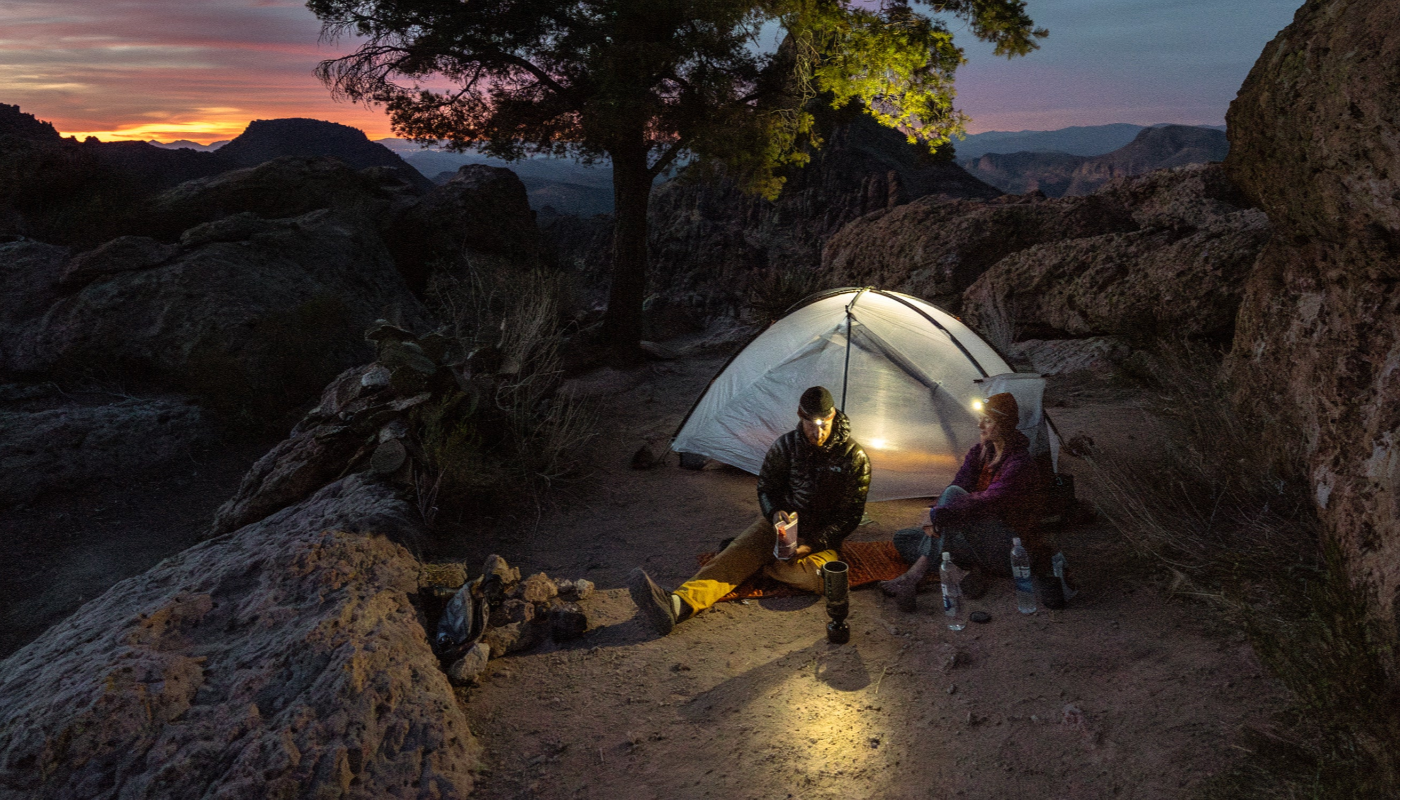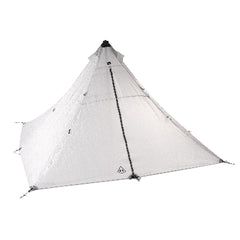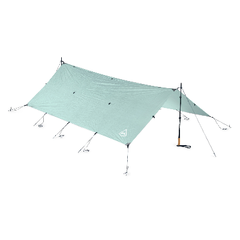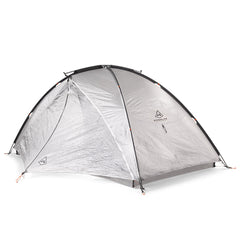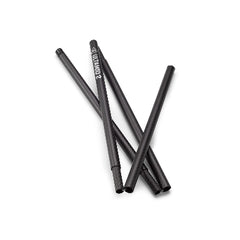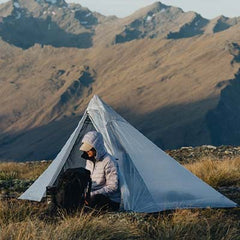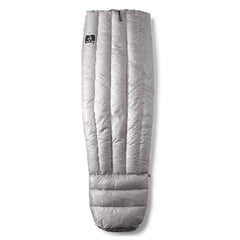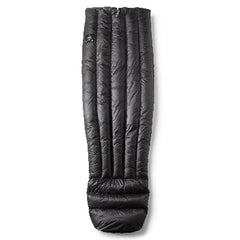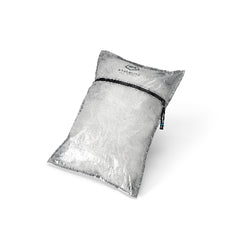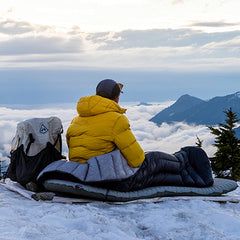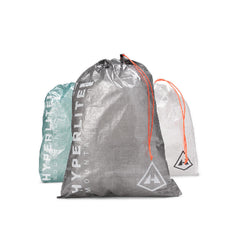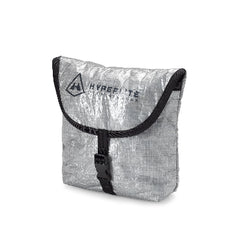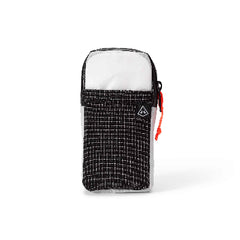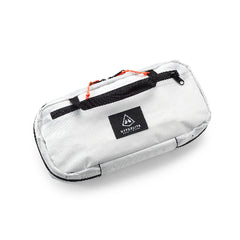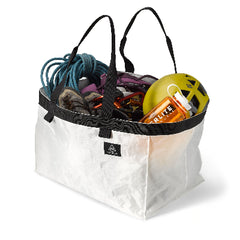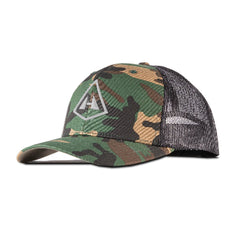Words, Photos, andVideo by Jeff Wohl
 After wrapping up the summer season with trips in Alaska, the Rocky Mountains, and the canyons of Utah, I get excited to head out into the winter wonderland for some backcountry skiing and winter camping.
After wrapping up the summer season with trips in Alaska, the Rocky Mountains, and the canyons of Utah, I get excited to head out into the winter wonderland for some backcountry skiing and winter camping.
I love winter camping, the serene peacefulness, the remoteness, and all that beautiful snow! Plus, I get to use skis; an amazing tool that allows me to travel through a landscape impossible to navigate on foot, and they can add so much joy on the descent.
Whether you’re drawn to winter camping, or you are a shoulder-season backpacker, knowing how to set up a shelter on snow is a valuable skill. I thought I would share a few tricks that can help make setting up an UltaMid 2 more successful so you can make the most of this magical camping season.
Extra Guy lines:
Make sure you have extra-long guy lines attached to your shelter before heading out. I like to add about five or six feet of extra cord per anchor point. My preferred method for shelter anchor is using natural items like sticks buried in the snow, which means you need enough cord to be looped under the object and come back to the surface so you don’t bury any knots.
 Campsite Selection:
Campsite Selection:
I look for sites that have good weather protection if I expect a storm, and if I’m expecting cold temperatures, I’m looking for places that catch morning sun.
Pack out Tent Location:
Use your skis, split-board, or snowshoes to pack out your tent pad. I mostly camp in the Rocky Mountains, which has a very dry snow pack. Even so, stepping out a tent pad first makes a big difference so you have a firm base to work on. If your packed-out pad isn’t level, break out your shovel and shape it to be nice and flat. If you have the opportunity to wait a few hours to allow the pad to set up before you put up your shelter, this is a bonus. However, you can set your shelter up immediately, just be careful not to walk out in the middle until it has a chance to set up.
 Collect Sticks:
Collect Sticks:
While you’re giving the tent pad a chance to set up a bit, go around and collect eight to ten sticks that are around 12 inches long and about the thickness of your thumb.
 Lay Out Shelter:
Lay Out Shelter:
Lay your shelter out on your pad. For the winter, many of my favorite shelters are floorless, like the HMG Ultamid 4 or Ultamid 2. These floorless tents add versatility in creating more usable winter space. When choosing a winter shelter, I don’t want to skimp on space as there just ends up being a lot more stuff needed for travel and camping and it’s nice to be able to get all of it inside.
 Install Anchors:
Install Anchors:
● Stomp a hole in the snow or dig with your shovel about 18 inches deep and wide, and about 2 feet farther out from the tent than where you would normally put in a stake on dry ground.
● Lay one of your extra-long guidelines across the hole.
● Lay one of your sticks, perpendicular to the string and lying flat against the snow, into the bottom of the hole.
● Both ends of the string need to remain on the surface.
● Without losing the ends of the sting, bury the stick by packing snow over it.
● Loosely tie the guy line back to itself using a releasable knot like the truckers’ hitch.
● Repeat this process with all necessary anchor points.

 Raise Tent:
Raise Tent:
Check the position of your tent and extend your poles. Two adjustable ski poles strapped together make an excellent center pole for any of the Ultamid tents. If the snow is soft, sometimes the end that rests in the snow will start to sink. If you face one of your ski pole grips down, you can fill your tent stuff sack with snow, stick it under the grip, and it will support the ski pole. If you’ve packed the snow hard enough, the basket on the ski pole may do this on its own, which is a great reason to have large ski pole baskets for your winter camping.

 Fluff, Buff and Move In:
Fluff, Buff and Move In:
Take this time before you roll out your sleep system to make sure you don’t have any lumps and make sure it’s flat enough or even add a slight depression where your hips will go.
If you’re using a floorless shelter, you can start getting creative with your winter palace. You can shovel snow around the edges to make a better seal with the tent and start digging down to cut in benches, sleeping platforms, and kitchen counters, making it the apr`es-ski condo of your dreams.
When you use this method to anchor your tent, packing up is easy; there’s no need to dig up the sticks that you buried. Simply untie the truckers’ hitch and pull from the end that is still attached to your tent. The other end will slide through the snow, around your buried stick, and back to the surface, freeing your tent from the anchor.
 A few other winter camping tips, tricks, and things to think about:
A few other winter camping tips, tricks, and things to think about:
● Bringing some sort of closed-cell foam pad is a great bonus for winter camping. It's really nice for sitting on while you’re eating your meals. It adds insulation underneath your inflatable pad and can keep it from sliding around as much.
● A quilt like the HMG 40° is a great addition to be used over a 10° or 0° sleeping bag to extend its range. Your body perspiration moisture, combined with moisture from items you might be drying in your sleeping bag overnight, migrates to the outer layer of your sleep system. Having a quilt on top that dries easily in the sun even when it’s below freezing is a great way to help manage moisture.
● At night, place wet liner gloves and socks on your shoulders or the waistband of your ski pants just outside your base layer and they’ll be dry by morning.
● Changing socks after a long ski tour and before bed is really important for keeping those toes warm.
● A lot of people worry about the need to keep their boot liners in their sleeping bags at night. I have rarely found this to be necessary. As long as I get up with warm feet, I can pop right into my ski boots, even if the ski boots with liners are left outside my sleeping bag all night, and the boots warm up quickly.
● I love having several thermoses or insulated water bottle covers. Once you have a frozen water bottle, it can be quite difficult to thaw out, so best to keep it from happening.
Winter has such wild beauty, with very few other humans out in the mountains and amazing snow tracking to see what other creatures you are sharing this landscape with. You’ll be amazed at how comfortable and enjoyable winter camping can be with a little bit of extra planning and the right gear.
